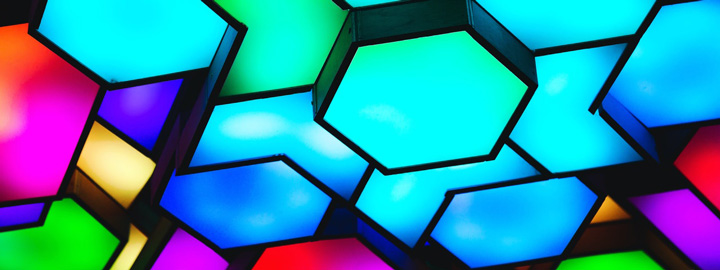
When Technology Copies Nature
New Jersey’s Rutgers University engineers have been experimenting with the idea that 3D printed objects as soft as what they call ‘smart gels’ can change their shapes upon light exposure, including their colors. They know that cephalopods like squids, cuttlefishes, and octopuses have sophisticated camouflage mechanisms that allow them to change skin color. The engineers presented artificial color-changing cells called chromatophores that can alter their color pattern in response to light. This exciting research can have different engineering applications – new military camouflage, soft robotics, and flexible displays.
3D Printed Light-responsive Materials
There’s evidence that a multi-material 3D printed light-responsive artificial chromatophore (LAC) can sense light and alter its color pattern at the individual unit level. This can replicate the cephalopods’ ability to use the thousands of color-changing chromatophore cells distributed on their soft skin to alter color and texture. The ability is used for their camouflage and communication, as well as survival from predators. The cephalopod-inspired LAC at Rutgers consists of three components: light-responsive muscle, stretchable sac, and rigid frame.
The scientists incorporated a light-sensing nanomaterial in the smart cell, turning it into an “artificial muscle” that contracts in response to light alterations. They also developed a 3D printable, stretchable acrylic acid hydrogel material that can reveal colors when the light changes. When combined with the light-sensing smart gel, the 3D printed stretchy material changes color, resulting in the camouflage effect. They also used the synthetic prepolymer cross-linker solution PEGDA 250 as a rigid frame material because of its relatively stable swelling behavior over the temperature change.
To manufacture the LAC, the team employed several steps to incorporate the three components – light-responsive muscle, stretchable sac, and rigid frame – including a custom-built multi-material projection micro stereolithography 3D printing technique. The study successfully proved that the LAC color tone could shift from black to white within two minutes of light from a digital projector. Also created were various binary color patterns from an array of three LACs.
What’s next for the scientists?
They will study adding different dyes to the stretchy hydrogel to change the current black-and-white binary color pattern to a more vibrant color expression. Next steps include improving the technology’s sensitivity, response time, scalability, packaging, and durability.
3D Printing with Various Colors
If you have an idea that can be 3D printed, contact us at 3D Composites and let us turn your images into solid realities.



